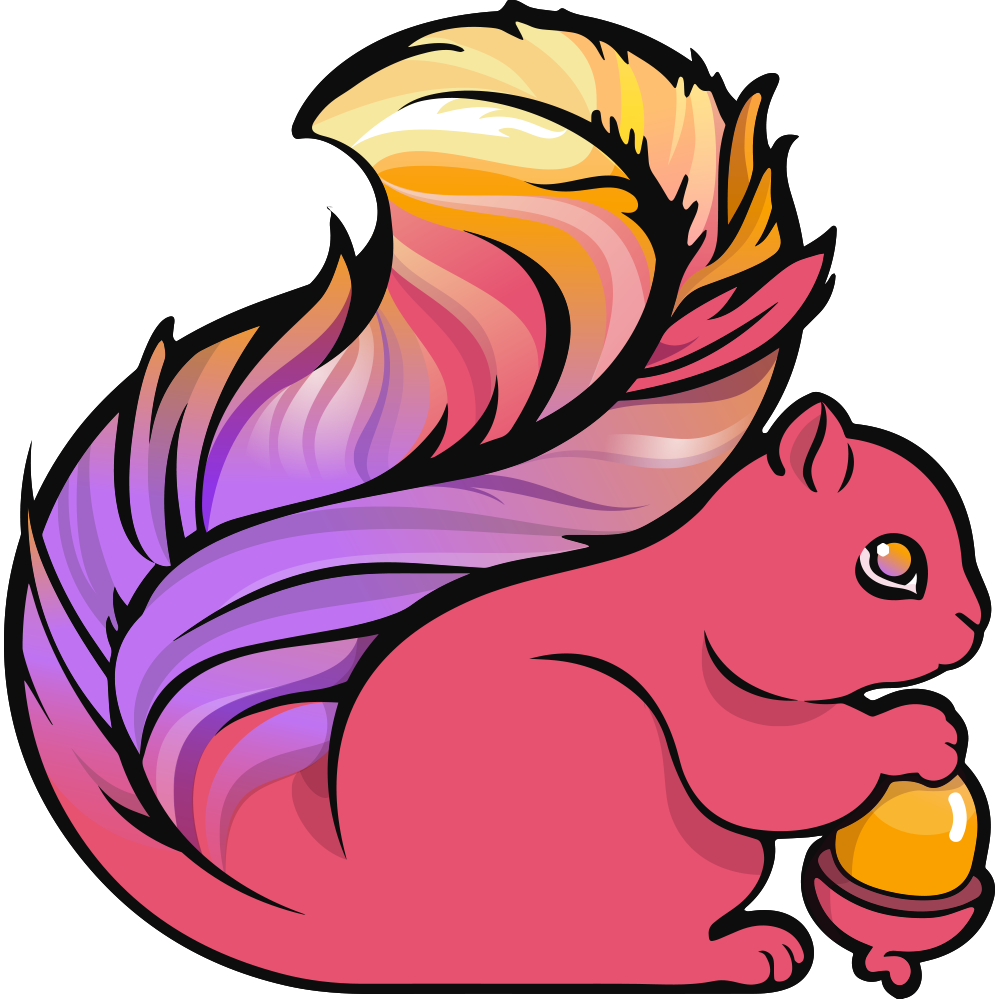Headers¶
A header template style determines how your project's header section is structured and displayed in the README file. README-AI offers several pre-designed header styles to help brand your project and create a professional appearance.
Header Style Options¶
Example
Use the --header-style option to select from the following markdown header templates:
README-AI
Where Documentation Meets Innovation!




Built with the tools and technologies:













Features:
- Centered alignment
- Logo above project name
- Traditional README layout
- Ideal for most projects
README-AI-STREAMLIT
Streamlining README creation with AI magic!




Built with the tools and technologies:







Features:
- Left-aligned layout
- Logo and title on same line
- Space-efficient design
- Perfect for smaller README files

PYFLINK-POC
Streamlining data flow with PyFlink power!




Built with the tools and technologies:






Features:
- Left-aligned text
- Logo floated to the right
- Contemporary asymmetric design
- Great for documentation sites
❯ REPLACE-ME




Built with the tools and technologies:














Features:
- Full-width SVG banner support
- Centered alignment
- Scalable vector graphics
- Ideal for custom branding
██████ ██████ ██ ████ ██ ██ ██████ ██ ██████ ██ ██ ██ ████ ██ ██ ███ ███ ██ ████ ██ ██████ ████ ██ ██ ██ ██ ██ █ ██ ████ ██████ ██ ██ ██ ██ ██ ██ ██████ ██ ██ ██ ██ ██ ██████ ██ ██ ██ ██████ ██ ██ ████ ██ ██ ██████ ██ ██ ██████
❯ REPLACE-ME




Built with the tools and technologies:














Features:
- Text-based art logo
- Minimal and retro style
- No image dependencies
- Good for terminal-focused tools
╔════════════════════════════════════════════════════════════════════╗ ║ ║ ║ ██████ ██████ ██ ████ ██ ██ ██████ ██ ██████ ║ ║ ██ ██ ██ ████ ██ ██ ███ ███ ██ ████ ██ ║ ║ ██████ ████ ██ ██ ██ ██ ██ █ ██ ████ ██████ ██ ██ ██ ║ ║ ██ ██ ██ ██████ ██ ██ ██ ██ ██ ██████ ██ ║ ║ ██ ██ ██████ ██ ██ ████ ██ ██ ██████ ██ ██ ██████ ║ ║ ║ ║ ║ ╚════════════════════════════════════════════════════════════════════╝
❯ REPLACE-ME




Built with the tools and technologies:














Features:
- Text-based art logo
- Minimal and retro style
- No image dependencies
- Good for terminal-focused tools
How It Works¶
README-AI provides several ways to customize your header style:
- Default Styles: Choose from pre-defined header layouts
- Alignment Options: Set text and image alignment
- Custom Sizing: Adjust logo and image dimensions
- Badge Integration: Incorporates shield badges and tech stack icons
The selected style will determine how your project's name, logo, description, and badges are arranged in the header section.
Examples¶
Using Classic Style¶
Using Modern Style with Custom Alignment¶
Combining with Other Options¶
readmeai --header-style compact \
--badge-style flat \
--image gradient \
--repository https://github.com/username/project
Tips for Using Header Styles¶
- Classic: Best for traditional open-source projects that need a professional look
- Modern: Great for documentation sites and projects with longer READMEs
- Compact: Ideal for smaller projects or when space is at a premium
- SVG: Perfect for projects that need custom branding or full-width banners
- ASCII: Good for terminal applications or when you want a retro feel
Consider these factors when choosing a header style: - Your project's target audience - The amount of content in your README - Whether you have a custom logo or banner - The overall aesthetic of your documentation - How the style works with your chosen badge style
